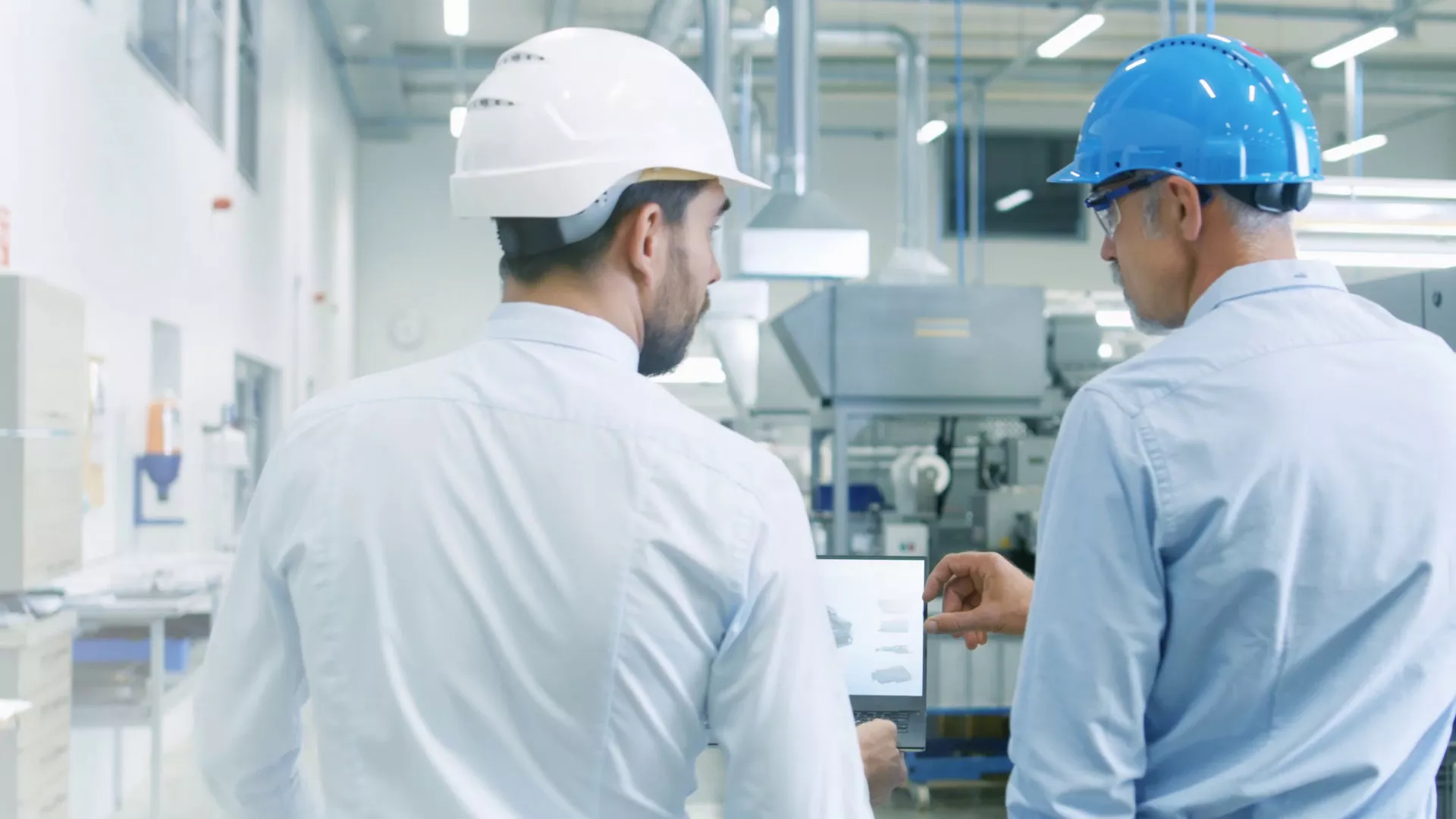
 English
English
 German
German

Among the classic leasing companies without a dedicated focus on vehicles, there is an awareness that the conventional business with individual, manufacture-related contract design is usually no longer sustainably profitable. Business models must be rethought, processes renewed, infrastructures expanded and costs cut in order not to further jeopardize profitability.
These companies understand that they must be able to meet challenges such as digitalization even during periods of economic slowdown – in particular through sustained investment, but also through a change in the mindset of employees and management.
1. New business models
zeb supports leasing companies in restructuring their business models. Suppliers can address the broad market with a standardized, scalable product range or occupy a lucrative niche with highly individual requirements.
These companies can continue to rely on traditional direct sales, or they can focus on the new opportunities offered by indirect sales – for example as providers on various platforms, or in the vendor business or at the point of sale.
2. Change management
Regardless of the business model, the organizational structures in the companies have to be adapted to ever-faster-changing customer requirements. zeb supports its customers as they do this.
There is no blueprint for the agile alignment of an organization. Agility is not a cliché, but rather the result of hard work and the ability to achieve things differently in every company.